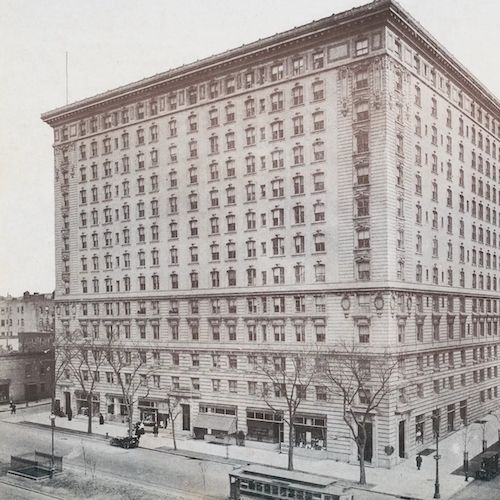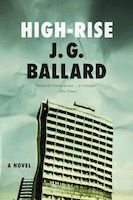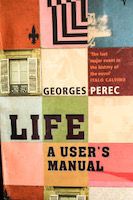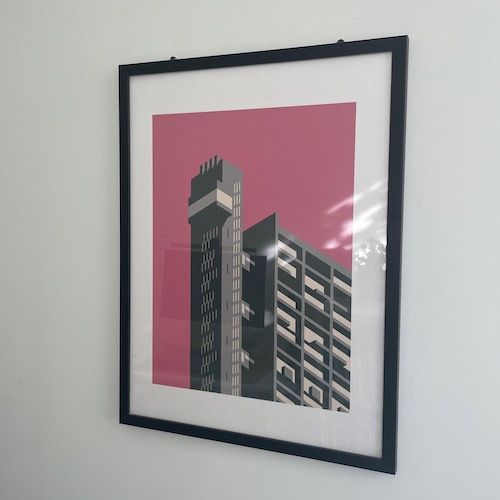Huge Communal Buildings in Fiction
2022-09-25 ☼ literature ☼ blog
From a distance, at least, huge communal buildings are fascinating. Commuting from Reading to London in 2003 (the Magic Days), I used to look out at the looming presence of Trellick Tower every time the train stalled outside Paddington station.1 In 2004 I spent six months living at Moscow State University, one of the “Seven Sisters”, the vast Stalinist ziggurats dotted around the Russian capital, where my explorations failed to find any trace of the secret metro station rumoured to exist somewhere in the building’s foundations.2

Vast, delapidated communal buildings are rich fictional settings: in addition to the claustrophobic atmosphere, they provide a high saturation of characters who cannot avoid each other (crystallised through a limited number of lifts and stairways), invite thematic explorations of inclusion and exclusion, and enable chronological innovations with their enduring setting, a palimpsest of previous stories against which generations of characters come and go. Also: secret tunnels.
And recently I seem to have been encountering them everywhere. I’m translating a sample of《流俗地》3, a novel by the Malaysian author 黎紫书 Li Zishu4 in which the characters grow up in Kinta Heights, a huge block of the flats in the city of Ipoh, a self-sustaining community with shops, tea houses and barbershops operating out of the ground floor. In Li Zishu’s novel, the experience of spending a childhood in and around this building is something that imprints itself onto the characters and remains an integral component of their identity even after they grow up and move away.

The setting of Only Murders in the Building, my current comfort watch, is at the opposite extreme of value and status, but serves a similar function. The Arconia, a fictionalised incarnation of the Belnord, is a luxury apartment complex that spans an entire block of Manhattan. For the characters who have been living there for decades, like Martin Short’s Oliver Putnam, the prospect of losing their spot in the building amounts to a partial erasure of their selfhood.

And then I encountered this profile of the architect Boris Iofan, which made me really want to read Yuri Trifonov’s “The House on the Embankment”.
But my all-time top three big communal buildings in fiction are:
*drumroll*

3: The unnamed apartment block in High Rise by J.G. Ballard

2: Chunghua Market in The Magician on the Footbridge by Wu Ming-Yi

1: 11 Rue Simon-Crubellier in Life: A User’s Manual by Georges Perec

A set-up I have carefully replicated with my print of Trellick Tower from Redbubble.↩︎
Though I did make it to the incongruous geological museum at the top of the central tower, an experience I was astonished to read about in Jonathan Franzen’s The Twenty-Seventh City, a book that has nothing to do with Moscow State University, while I was living in Moscow State University.↩︎
I haven’t figured out to translate the title yet.↩︎
You can read a fantastic short story of hers, “The Northern Border”, translated by Joshua Dyer, at Paper Republic↩︎